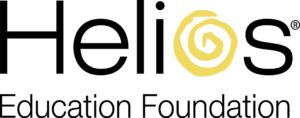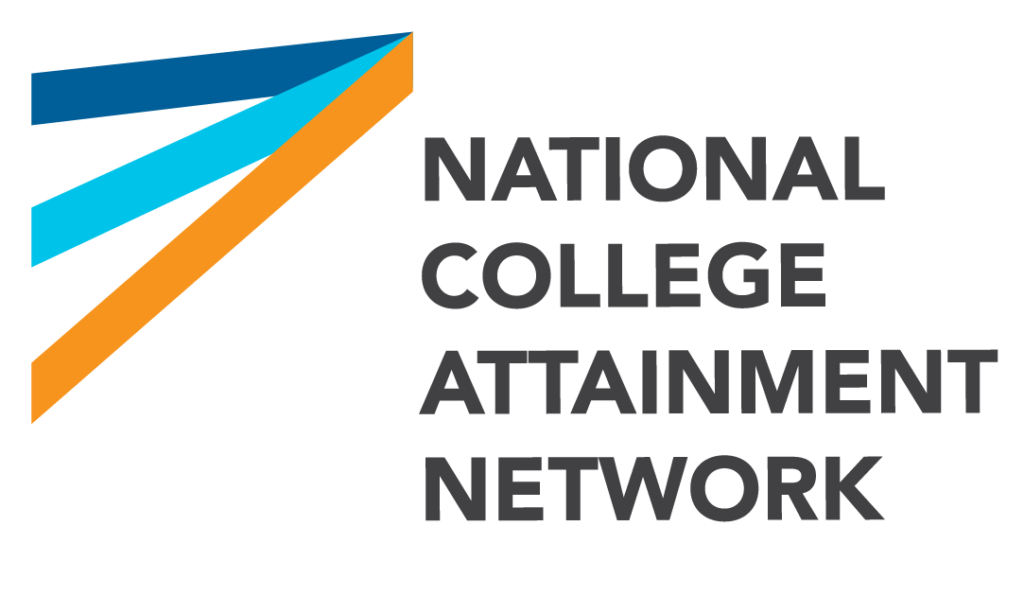- Earl Young, Director of Operations & Systems Improvements, Sarasota Education Foundation
- Eric Aquino, Community Impact Officer, Community Foundation for Palm Beach and Martin Counties
- Malaina Mote, Head, Empowerment & Social Mobility, Southwest Florida Community Foundation
Opening remarks: Braulio Colón, Vice President of Florida Student Success Initiatives, Helios Education Foundation
FCAN Host: Kathy McDonald, Assistant Director for Network Partnerships
While 4 in 5 Florida college students use some combination of federal, state, and school-based aid, students and families are still looking for ways to close the gap between what financial aid and family funds cover and the total cost of going to college.
On January 14, FCAN welcomed scholarship experts from Florida community and education foundations to share how to access local scholarships.
Braulio Colón, Vice President of Florida Student Success Initiatives for Helios Education Foundation, opened the webinar by highlighting why it is important to narrow the affordability gap for students with postsecondary aspirations.
“Like you, Helios believes in the transformational power of education and the impact it can have on individuals and communities in our state,” Colón said. “That’s why we partner with and support organizations that are deeply committed to bringing resources to communities, as well as improving access to and success in higher education.”
Scholarships can help students gain that access.
Why students should look locally for scholarships
The best place for a student to look for scholarships is often his or her own backyard, as communities care most about seeing their own talent succeed. To help Florida students find what is available locally, FCAN has created a local scholarships resource page that connects to scholarships throughout the state.
The presenters shared how they each manage many need- or merit-based awards that can meet a wide variety of educational interests — career and technical programs, 2-year or 4-year programs — as well as scholarships to cover specific fields of study. Additionally, not every scholarship is awarded based on academic merit, so students with average grades can still earn scholarships.
“At a community foundation, donors are really the ones who set the criteria,” said Malaina Mote, Head of Empowerment and Social Mobility at the Southwest Florida Community Foundation. Mote said her foundation administers more than 100 scholarship funds, which means “it’s a misnomer to think there’s only one type of student who is eligible for scholarships.”
Top 5 strategies for earning scholarships
Earl Young, Director of Operations & Systems Improvements for the Education Foundation of Sarasota County, shared his top 5 strategies for helping student applicants earn scholarships.
“I tried to put together a list of considerations that I want students to walk away with if I only have 5 or 10 minutes with them,” Young said. “I’ve worked with all types of committees overseeing numerous scholarship opportunities, and I absolutely enjoy sharing this information.”
- It’s a numbers game. Students are not likely to earn every scholarship they apply for, but the more they apply the more they’ll earn.
- Follow directions. It sounds simple, but small mistakes can get an application pulled from consideration, especially when scholarship committees are reviewing hundreds of applications.
- Have a strong educational game plan. Make sure a student’s academic record aligns with their goals. Donors want to make sure their scholarships are going to students who are prepared to follow through on their plan.
- Acing the interview. Students should practice and come prepared to put their best foot forward.
- Write a winning essay — Make it personal. Committees want to get to know the students they are supporting. The essay is an opportunity to give them a sense of a student’s passions, motivations, goals, things they’ve overcome, family, and why they picked their field of study.
“Students should also focus on being themselves,” said Eric Aquino, Community Impact Officer for the Community Foundation for Palm Beach and Martin Counties. His message to students is “don’t feel like you have to embellish anything. On the flip side, don’t diminish the obstacles you’ve overcome.”
Promoting local scholarship opportunities for all
During the webinar’s Q&A portion, the presenters said that schools and community-based organizations can play a more active role in promoting local scholarship opportunities.
“I find when I’m invited to talk with students about scholarship opportunities, applications go up,” Mote said. Noting that there are also scholarship opportunities available for students who are already in college, Mote implored them to “visit your financial aid or student services office on campus. Talk to admission folks because all of these people are in conversation with each other.”
Both community foundations featured on the webinar do not discriminate based on immigration status, so undocumented students have opportunities to be awarded scholarships as well.
The foundations also had scholarship seasons that ranged from October to March. To ensure your students don’t miss the application window, they should start exploring early, and no later than the fall of their senior year. The best way to know what’s available is to check out whether your local community and education foundations offer scholarships and the criteria for each.
FCAN thanks the following for their generous support of this webinar series:
Cornerstone Funder
Supporter
Show Notes
To learn more about the benefits of local scholarships and best practices for submitting applications — or to view the webinar and download the presentation — take advantage of these resources:
Recording
Slides
Scholarships handout
How to Pay for College handout
Where to find scholarships offered from:
- Education Foundation of Sarasota County
- Community Foundation of Palm Beach and Martin Counties
- Southwest Florida Community Foundation
Be sure to visit our Past Webinars page for access to recordings and downloadable material from FCAN’s previous presentations.
About the ‘Paying for College’ webinar series
Students and their families are often confused by the myriad ways to pay for college. How to bridge the gap between family funds, financial aid and the total cost of paying for college? Funding their college education shouldn’t be a mystery. This webinar series breaks it down so you can help reduce confusion for the students you guide. Having a better grasp of the funding landscape can help students build a sound plan to pay for their postsecondary education.




